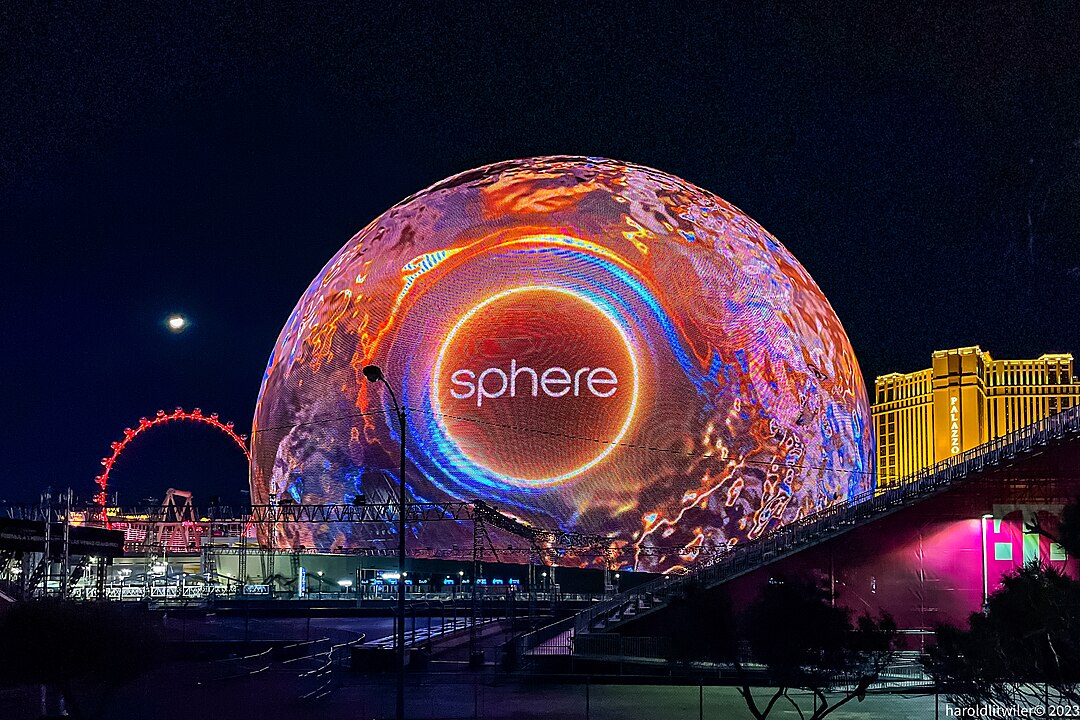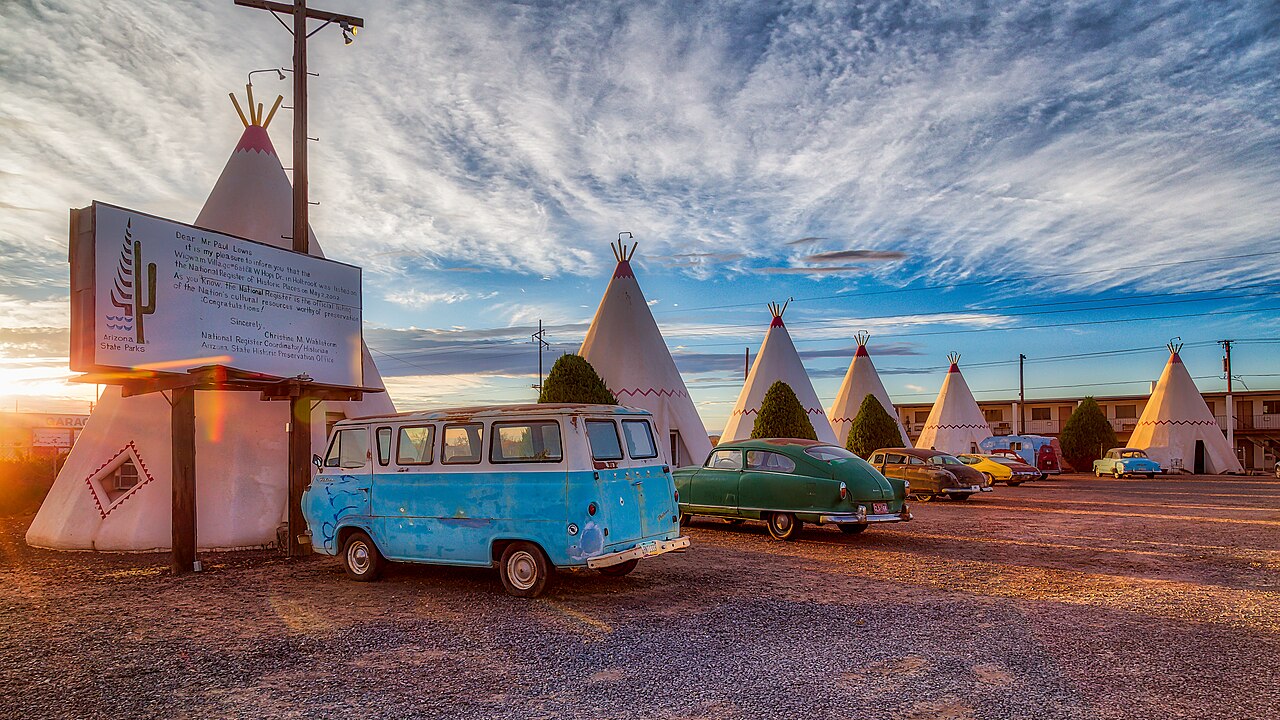Las Vegas and the American West have long been staged as glitter, guns, and bottomless freedom, a fantasy looped through postcards and movies. The real story is sharper and more human. Casino towers rise beside petroglyphs, dam spillways, ranch houses, and side streets shaped by unions, church picnics, and late shifts. When surface myths fall away, what remains is a region built by risk, reinvention, and people who stayed after the road trip ended. That contrast is where the truth lives.
Las Vegas Is Only The Strip
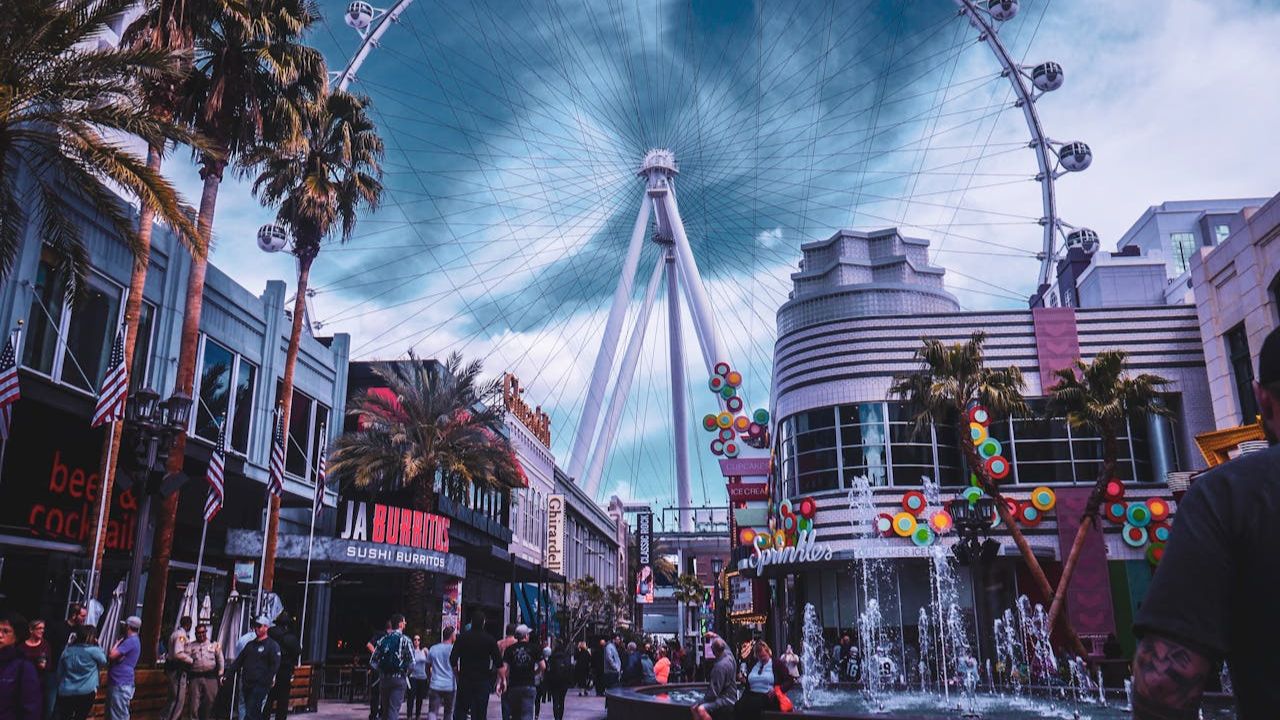
Tourists often treat Las Vegas as a single neon canyon of casinos and showrooms. Beyond the Strip, the metro stretches into long term neighborhoods, schools, taco shops, parks, and one of the fastest growing arts districts in the West. Within an hour, locals move from shift work and carpools to sandstone walls at Red Rock Canyon and quiet trails, proof that the city functions as a real community inside a dramatic stage that rarely makes postcards.
The Frontier Was Empty Land
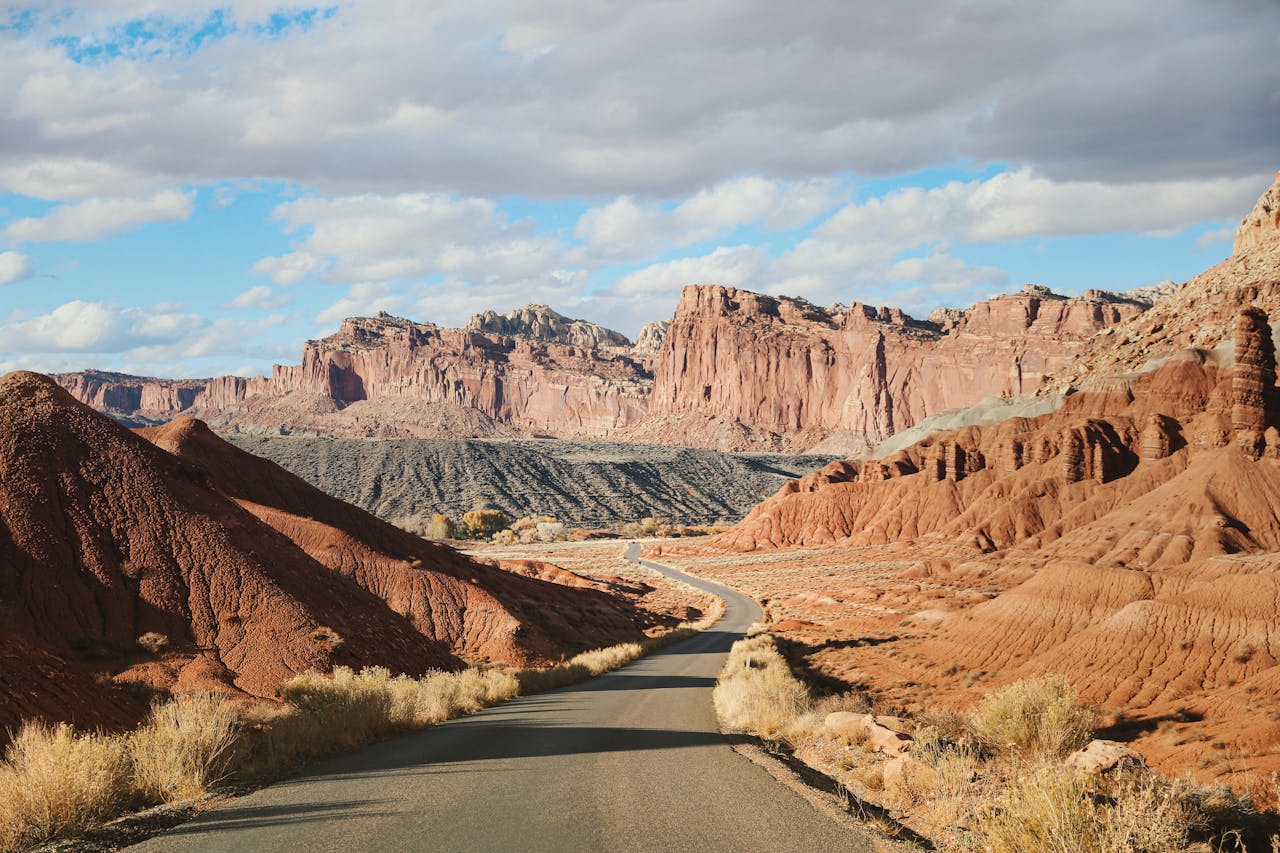
The old story frames the West as vacant land waiting for brave newcomers, with the desert around Las Vegas cast as useless until resorts arrived. In reality, Indigenous nations mapped these basins with trade routes, irrigation, and sacred sites, and many never ceded those claims willingly. Homestead offers, rail lines, and dam projects layered profit over dispossession, a history still visible in reservation borders, water fights, and cultural revivals across Nevada and its neighboring states.
It Is All Desert And Ruin
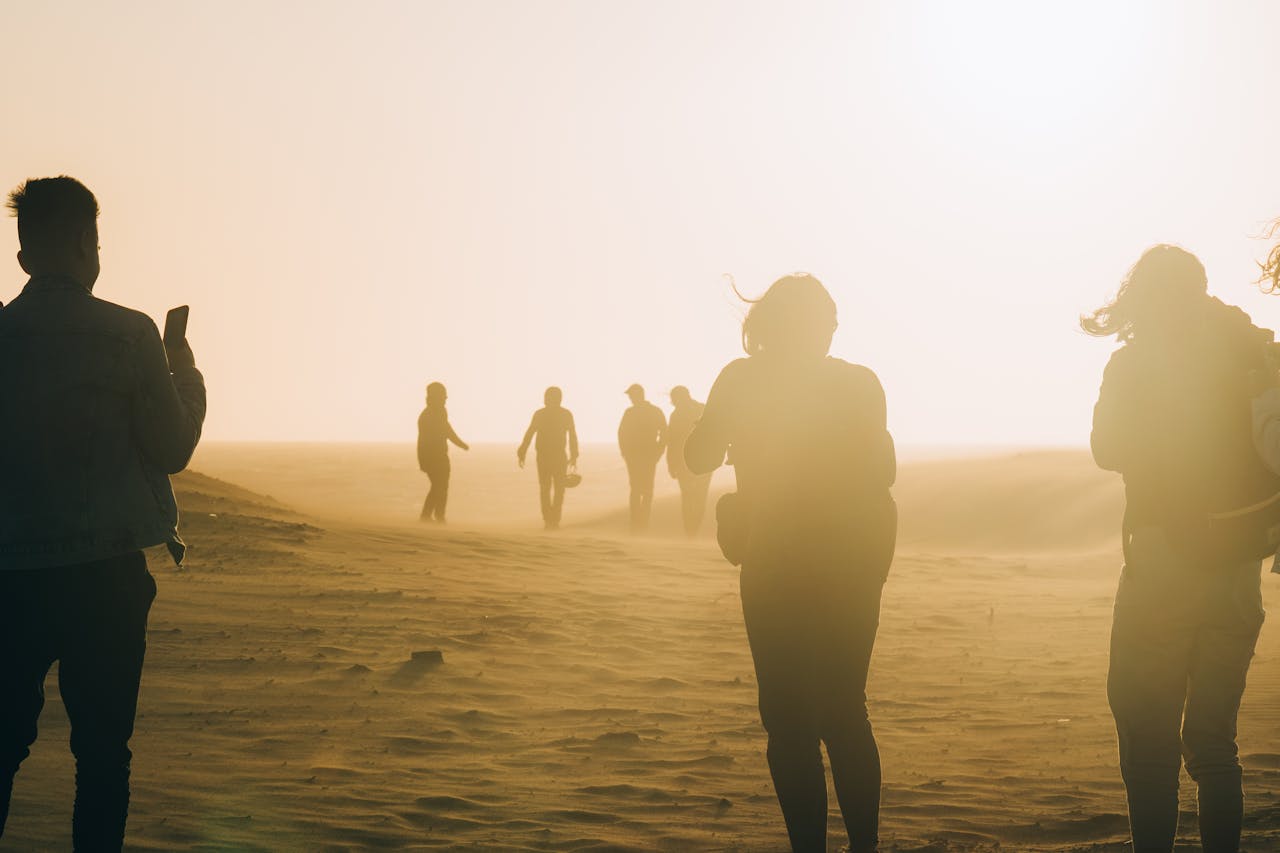
Films lean on bleached bones and blowing sand, as if everything between Vegas and the Pacific is wasteland. The real West runs from alpine lakes and pine forests to volcanic plateaus and intricate river systems that keep entire cities alive. Even Nevada offers wetlands, mountain ranges, and dark sky sanctuaries alongside casino corridors. Seeing only emptiness erases real ecological diversity and the people who manage it under constant pressure from drought and development.
Cowboys Were White And Always In Gunfights
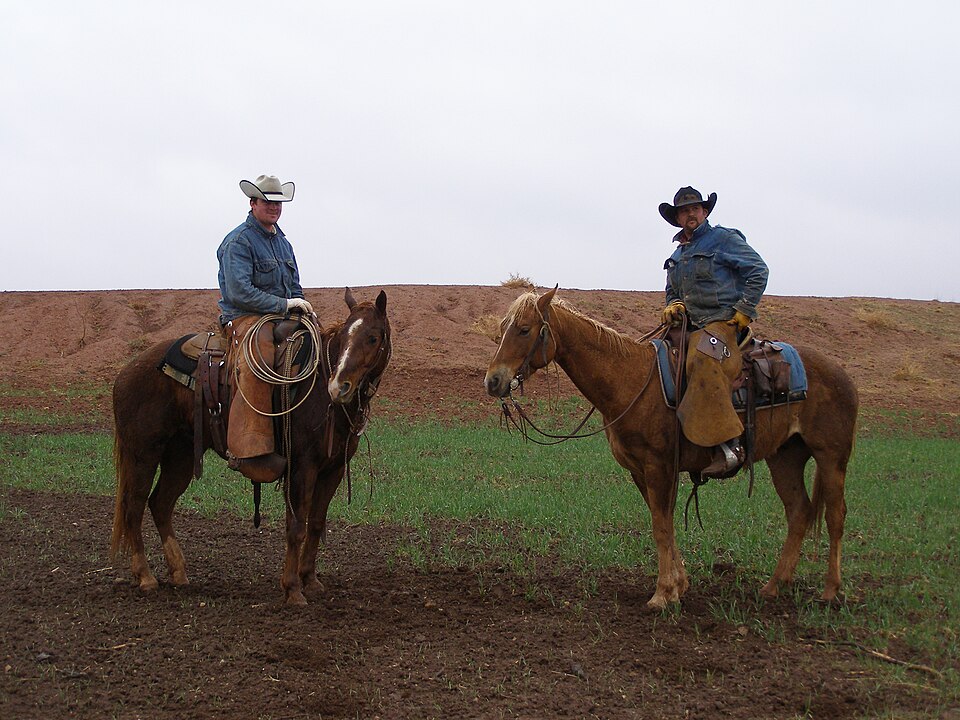
The classic cowboy myth imagines a lone white drifter living by his pistol, riding into town for a showdown. Historical records tell a different story of crews made up of Black, Mexican, Indigenous, Chinese, and European cowhands handling cattle, pay disputes, and long rides. Many Western towns enforced strict weapon rules, and most conflict looked like contracts, fences, and wages. The daily grind, not constant gunfire, shaped the range culture that echoes near modern Vegas.
Las Vegas Has No Past, Only Spectacle

Marketing often sells Las Vegas as a place without roots, a fantasy that appeared fully lit in the desert. In fact, the city grew from springs along Indigenous routes, a railroad stop, Hoover Dam labor camps, union organizing, and early Black neighborhoods that challenged segregation in casinos and showrooms. Downtown streets, preserved neon, and the stories behind hotels reveal waves of migration, mafia influence, federal investment, and civil rights battles hiding beneath fresh carpet and lights.
The Modern West Is Still Lawless
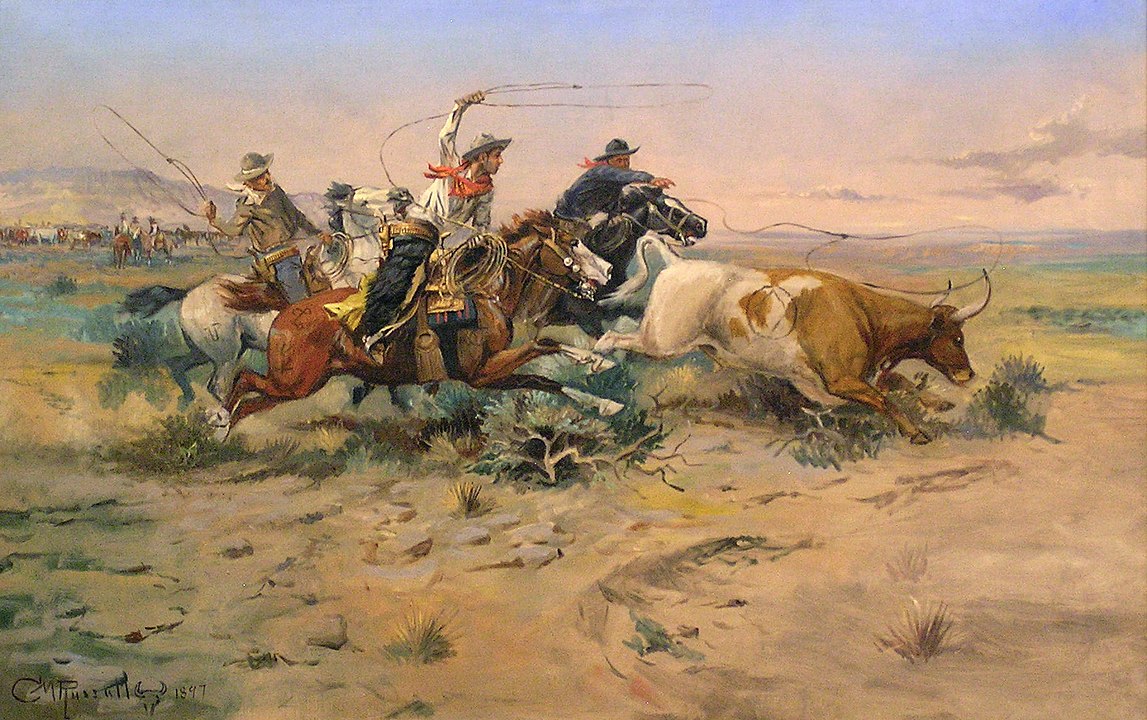
Legends insist the West never really left its outlaw phase, as if sheriffs still lose gunfights on dusty main streets. The reality across Nevada and neighboring states is dense with zoning codes, gaming regulations, water compacts, and tribal sovereignty agreements that shape every project. Conflict now often moves through hearings and courtrooms instead of alleys. The tension between rugged image and regulated life is part of what makes the region feel charged and alive.
Neon Highways Tell The Whole Western Story
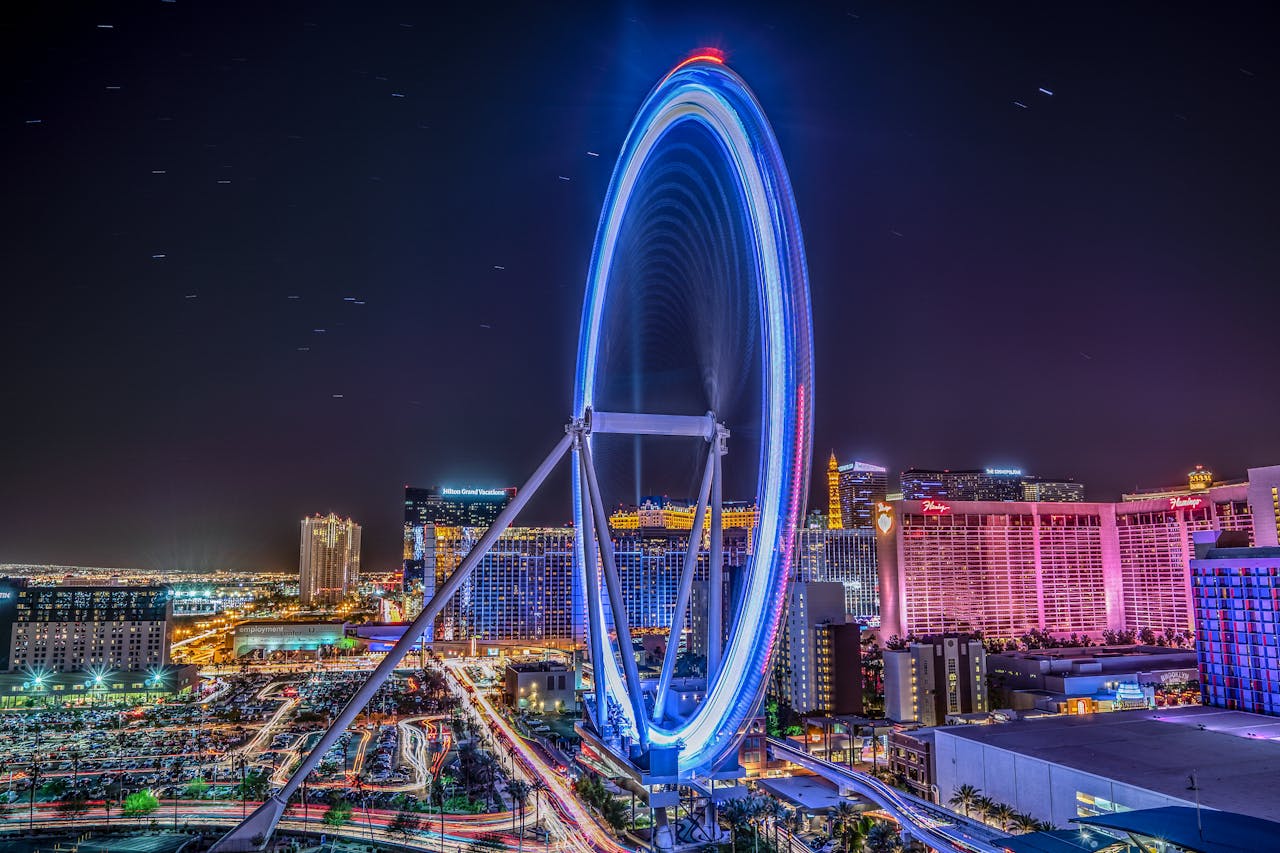
Iconic drives into Las Vegas and along former Route 66 suggest that neon, billboards, and roadside attractions define the West. Those roads also cut through mining towns hollowed by closures, revived main streets, tribal lands, immigrant neighborhoods, and border communities balancing opportunity with strain. Each mile carries memories of labor strikes, land grabs, music scenes, and movements for justice. Limiting the story to bright arches misses how ordinary places hold the region’s deepest transformations.
